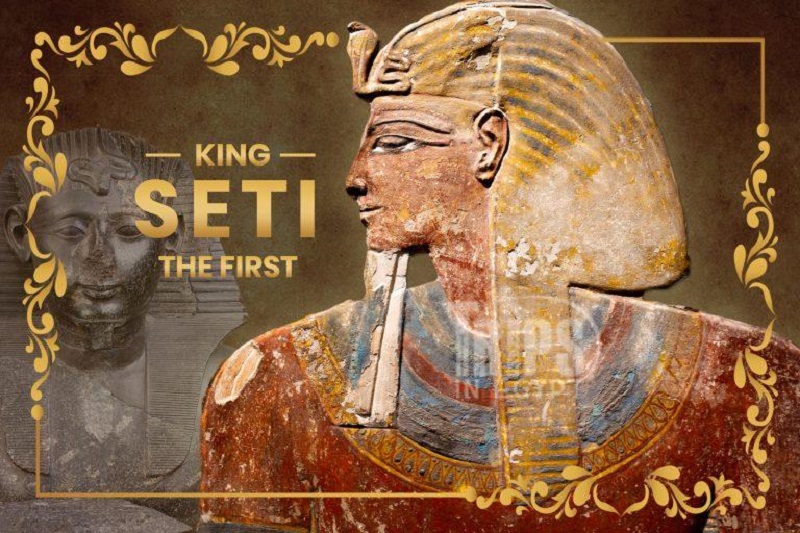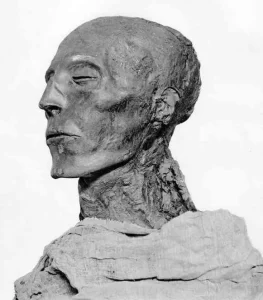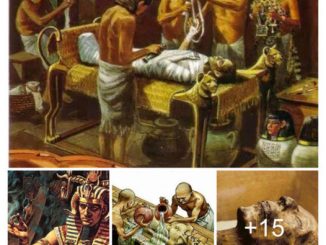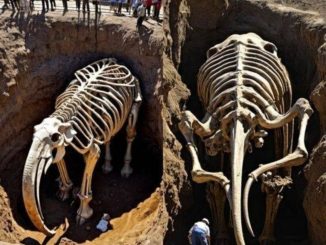In the annals of ancient Egyptian history, few figures stand as tall and imposing as Seti I, a pharaoh whose reign marked a golden age of prosperity, military prowess, and cultural brilliance. His meticulously preserved mummy, discovered in 1881, stands as a testament to the mastery of mummification techniques that reached their pinnacle during his era.
A Life of Distinction
Born in the 19th Dynasty, Seti I ascended the throne in 1292 BCE, inheriting a kingdom that had endured a period of political instability and economic hardship. With unwavering determination, he embarked on a mission to restore Egypt to its former glory, embarked on a series of successful military campaigns that expanded the empire’s borders and bolstered its prestige.
Seti I’s reign was not simply defined by military conquests; he was also a visionary leader who recognized the importance of art, culture, and architecture in shaping a nation’s identity. He commissioned the construction of magnificent temples, including the famous Hypostyle Hall at Karnak, and embarked on ambitious projects to revitalize Egypt’s religious and cultural institutions.
The Art of Preservation
Perhaps Seti I’s most enduring legacy lies in the remarkable preservation of his mummy, a testament to the advancements in mummification techniques during his era. The intricate process involves removing internal organs, preserving the body with natron salts, and wrapping it in layers of linen bandages. Seti I’s mummy, discovered intact in his tomb in the Valley of the Kings, stands as a remarkable example of this art, with his features and physique remarkable well-preserved.
Seti I’s meticulous attention to his own preservation extends to the grandeur of his tomb, which is considered one of the most elaborate and well-decorated in the Valley of the Kings. The tomb’s walls are adorned with intricate hieroglyphics and colorful paintings, depicting scenes from Seti I’s life and his unwavering devotion to the gods.
Seti I’s reign marked a turning point in Egyptian history, laying the foundation for the prosperity and cultural vibrancy that flourished under his son and successor, Ramesses II. His dedication to military conquests, his patronage of the arts, and his meticulous attention to his own preservation solidified his reputation as a pharaoh of unparalleled achievements.
As we gaze upon the remarkable preserved features of Seti I, we are transported back to an era of Egyptian greatness, where a pharaoh’s legacy was not merely defined by conquest and power but also by a profound commitment to preserve his image for eternity. Seti I’s mummy stands as a silent testament to the mastery of ancient Egyptian mummification, a reminder of a civilization that acknowledged both the ephemeral and the enduring.





